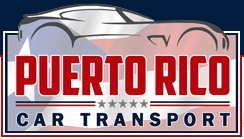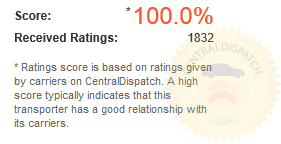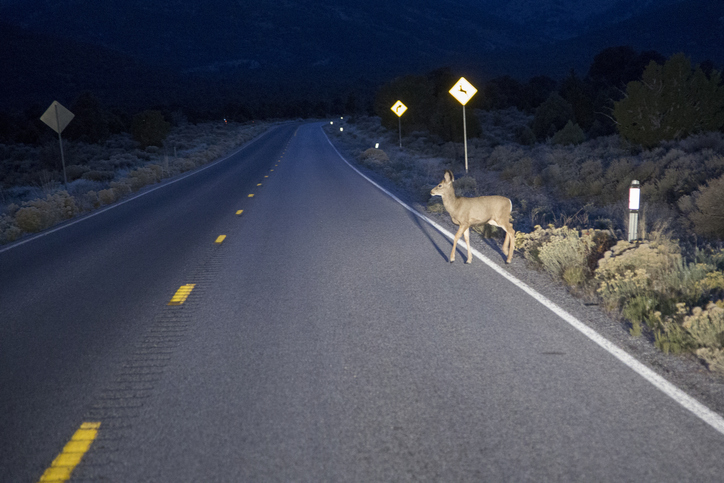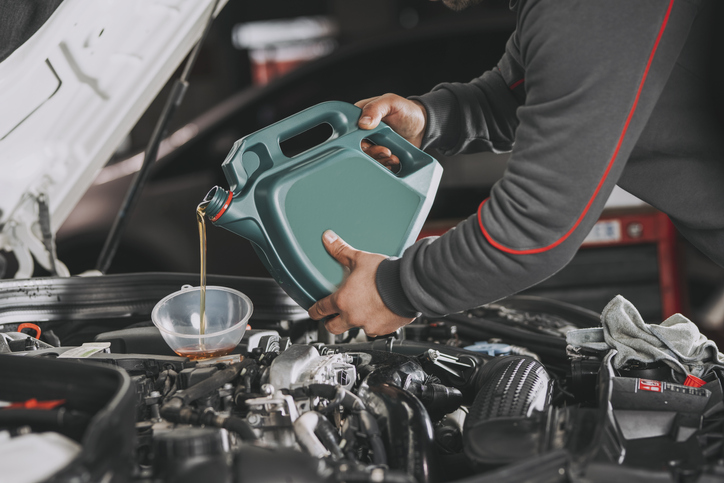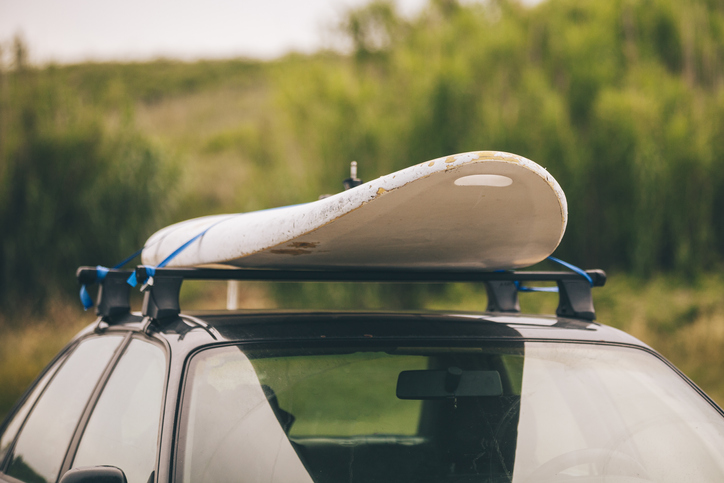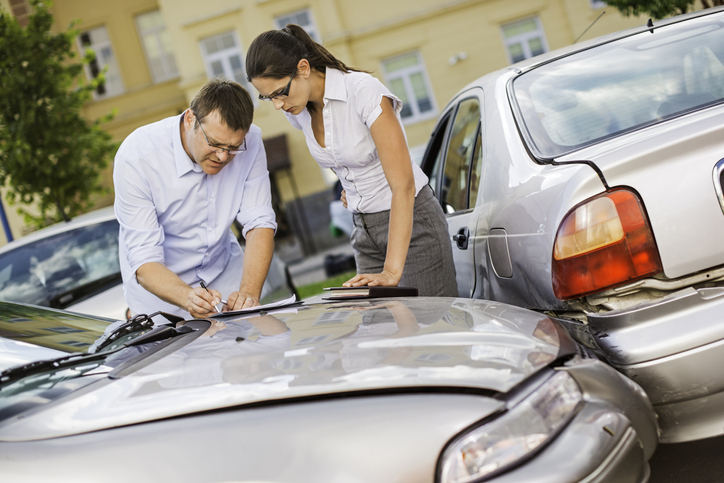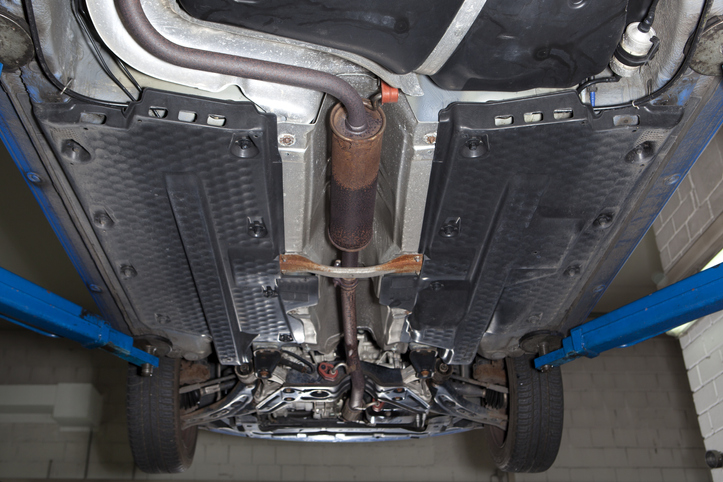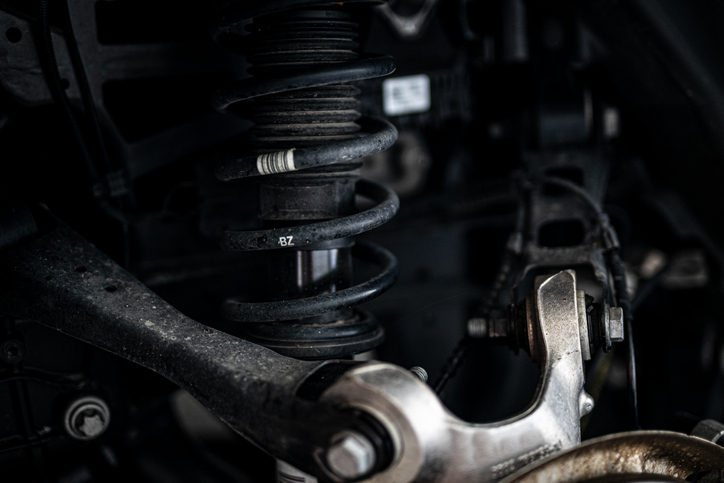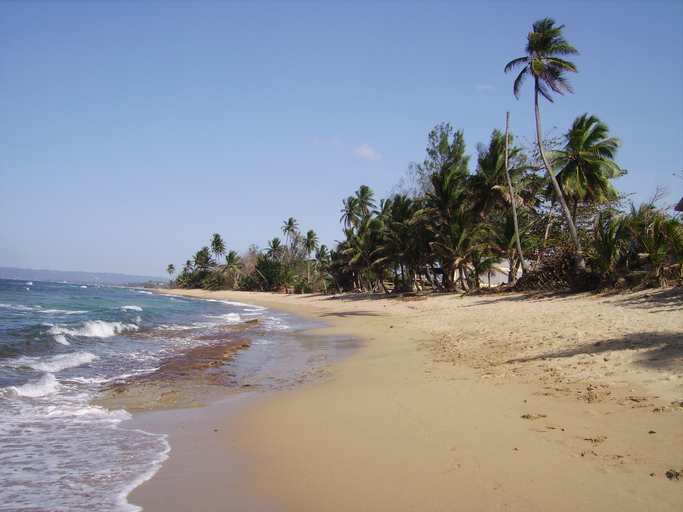Car emissions in Puerto Rico
Getting your car inspected in Puerto Rico and emissions standards
Cars with low emissions to consider driving
Final word

Car emissions in Puerto Rico
Car emissions have been an issue affecting the air quality in Puerto Rico for many years. Now, Puerto Rico will need to submit a plan to the Environmental Protection Agency that details how the country will lower overall harmful emissions by this October. Puerto Rico will need to complete fulfilling the plan by April 2023.
This comes after some startling results were discovered after Hurricane Maria a couple of years ago. Harmful levels of Sulfur Dioxide were discovered in areas near San Juan and Salinas.
The strings have now been tightened in order to get all emissions in Puerto Rico, including automobiles, to comply with the standards set by the EPA.
So, you might be wondering, “How can I make sure that my car passes the emissions test during an inspection?”
Getting your car inspected in Puerto Rico and emissions standards
Just as you would anywhere else, you will need to get your car inspected and your car will need to pass the emission standards in Puerto Rico.
There are a few common reasons that cars fail the emissions test in Puerto Rico:
- Spark plugs – If the spark plugs in your engine are old and worn out, they could cause you to fail the emissions test because they will lead to increased levels of emissions the older they get.
- The EVAP system – The evaporative emission control system prevents harmful vapors from coming off a car’s engine and going into the atmosphere. If this system is not functioning properly, your emissions could rise too far, and your car can fail the test.
- Air filter – Unsurprisingly, your car’s air filter is an important part of the emissions test. If it is too dirty, it will not filter the air that runs through the engine properly and this can increase the emissions given off by your car while it is running.
- Catalytic converter – This is likely the most important one on the list. The catalytic converter’s job is to take harmful emissions and convert them into something breathable that is not harmful. If this is not working properly, you will almost certainly fail the emissions test.
If at all possible, check all of these things before you bring your car in for an inspection. This way if something needs to be replaced or fixed, you can do so before-hand and avoid failing the emissions test the first time around.
Cars with low emissions to consider driving
If you want to avoid any hassles regarding your car’s emissions, most modern cars will do the trick as far as passing emissions testing. However, if you are particularly interested in lowering your emissions to a minimum in order to help the environment, you should keep the following cars in mind:
- Toyota Prius – The Prius has long been at the top of the emissions game. It is the best choice on the list for the environmentally conscious because it is a hybrid, which means that the carbon emissions from this car are at an absolute minimum.
- BMW i3 – The BMW i3 is high on the list because of its all-electric propulsion system. It also has a very small engine which helps to reduce emissions as well.
- Cadillac ELR – The Cadillac ELR is the best low-emission luxury car on the market. It’s emissions are low and its EV driving range is good at 39 miles.
- Chevrolet Volt – The Chevy Volt has a nice EV drive range at 50 miles, has 41 miles-per-gallon and has some of the lowest overall emissions per-mile on the list.
Final word
The car emissions rules in Puerto Rico are the same as they are in the United States as these standards are set by the environmental protection agency. In most cases, your car will easily pass an emissions test. However, if there are issues with your engine then you could possibly fail that inspection. Be sure you keep up with the engine maintenance of your vehicle because something as simple as an air filter can cause too much emissions from your vehicle’s engine.
